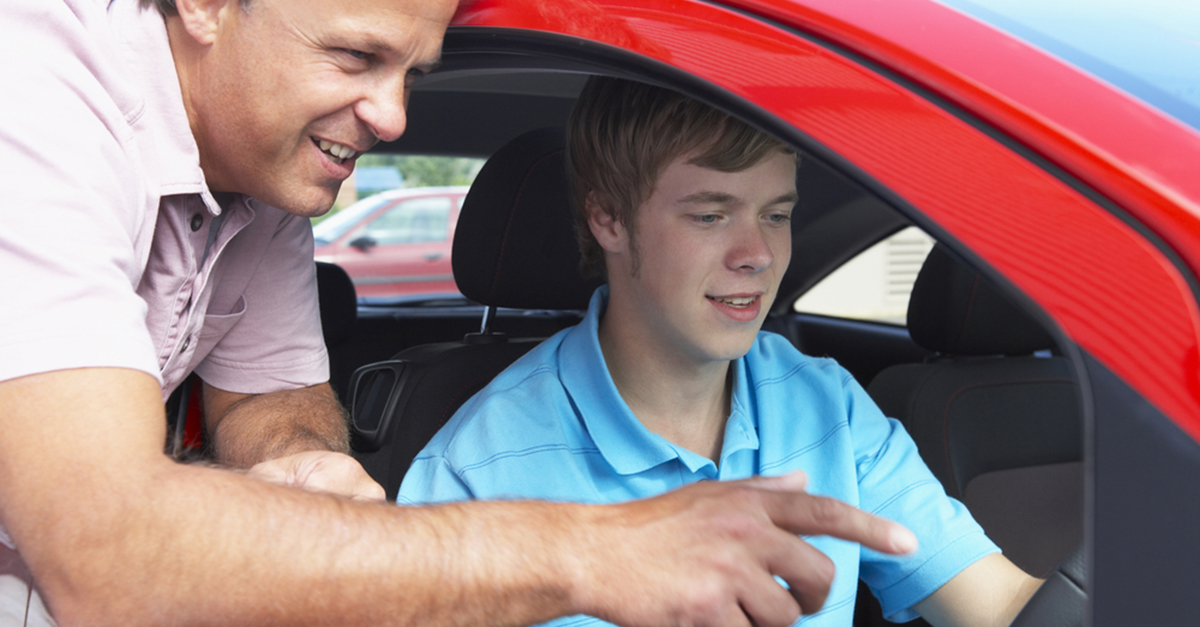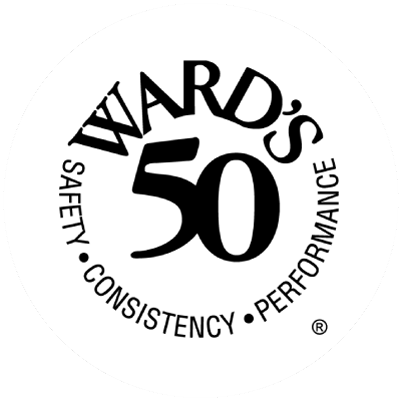Americans are well aware of the terrible consequences of driving drunk and are familiar with the many successful drinking and driving awareness campaigns. With the dramatic increase in handheld phones and personal devices, campaigns and laws targeting talking or texting while driving has also gained prominence. Yet an often overlooked issue, especially among teens and young adults, is drugged driving.
A nationally representative survey by the National Highway Traffic Safety Administration (NHTSA), found that in 2007, approximately one in eight-weekend nighttime drivers tested positive for illicit drugs.1 Worse yet, a 2010 study by NHTSA revealed that 1 in 3 fatally injured drivers, who were tested for substance use and the results were known, tested positive for an illicit drug or medication with the ability to impair at the time of the crash.
The risks are even greater for teens, who, due to their inexperience, are already more likely to be involved in a crash compared with more experienced drivers. When this lack of experience is combined with the use of substances that may alter perception, cognition, reaction time, and other faculties, the results can be tragic.
The statistics are alarming regarding drugged driving in the teenage demographic. Among high school seniors in 2011, approximately 1 in 8 reported that in the two weeks prior to the survey interview they had driven after smoking marijuana – more than reported driving after consuming alcohol.3 Across age groups, the rate of driving under the influence of illicit drugs in 2011 was highest among young adults aged 18 to 25 at 11.6 percent.
The cause of many teenage crashes is often an issue of attitude and maturity. Parents and caregivers can help shape a responsible attitude about driving and take immediate steps to limit the potential dangers of teen driving.
Remember you are a role model. New drivers learn a lot by example, so practice safe driving by obeying speed limits and demonstrating safe driving habits.
Provide as much supervised driving as possible. This will get a teen acclimated to the road before he or she takes a driving test to get a license. Let your teen drive in a wide variety of driving conditions for six months prior to taking their road test to build experience and confidence.
 Start out slow. Start with slow-moving traffic environments and gradually introduce your teen to more difficult driving situations, such as highway driving, merge ramps, and major urban areas. Parents need to assure their teens build up their experience before jumping into highway traffic.
Start out slow. Start with slow-moving traffic environments and gradually introduce your teen to more difficult driving situations, such as highway driving, merge ramps, and major urban areas. Parents need to assure their teens build up their experience before jumping into highway traffic.
Require that your teenager wear safety belts at ALL times – no exceptions. If you wear your safety belt every time you drive, your son or daughter may adopt this behavior more readily.
Make sure your teen is aware of potential safety issues as well as how to respond to safety or emergency situations. Keep a highway safety kit in the trunk of your teen’s vehicle and review with them how to use its contents.
Choose safe vehicles for your teenagers. Look for automobiles with high safety ratings (air bags, crumple zones, etc.) and review federal statistics and consumer report literature to help evaluate the safety rating of a vehicle.
Be clear that teens should never use their cell phones or text while they are driving. If it is necessary to use a cell phone, instruct your teenager to pull over safely to the side of the road to make an emergency call.
Limit nighttime driving. Since many teen car crashes take place between 9 p.m. and 12 a.m., it’s best for beginning drivers to be restricted to driving during the day initially and gradually be introduced to night driving as they gain experience.
Limit the number of passengers allowed in the car when your teen is driving. Having more passengers in a car increases the chance of greater risk-taking, primarily because of greater peer pressure and more distractions. Check the law in your state to determine how many passengers your teen is legally permitted to have in the car.
Discuss realistic consequences of drug and alcohol use. Remind them that it is illegal for teens to drink alcohol – and illegal for anyone to use illicit drugs. Discuss how drugs and alcohol can impair their senses, affect perception, and cause delayed reaction time. It’s important to note that even one drink or joint can affect the senses, as can prescription drugs, even when taken with a physician’s order. Make it clear that alcohol, marijuana, or other drug use when driving is illegal and completely unacceptable.
| The above is an excerpt from the article, “Teen Drugged Driving.” For more information, please visit www.whitehouse.gov. |


